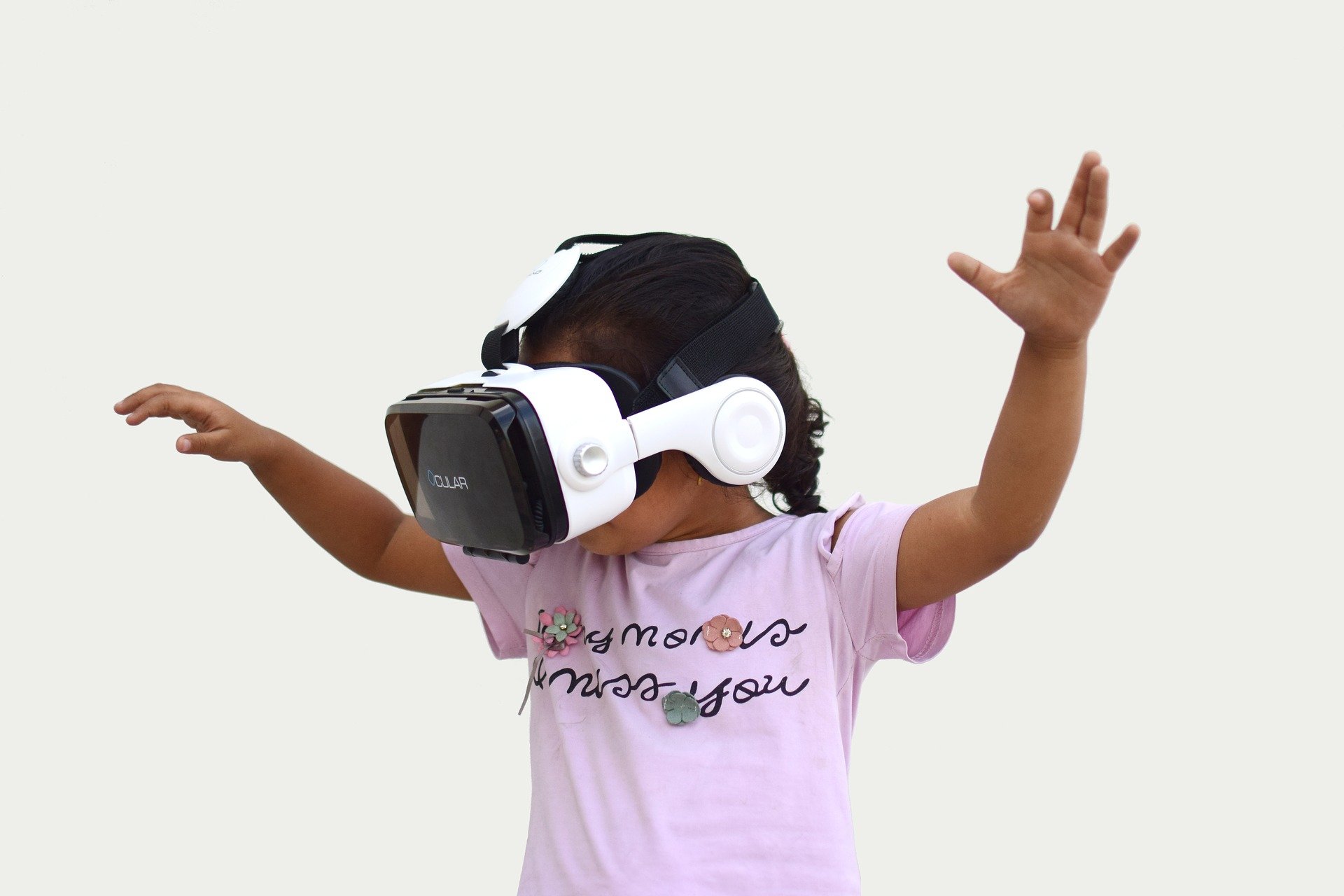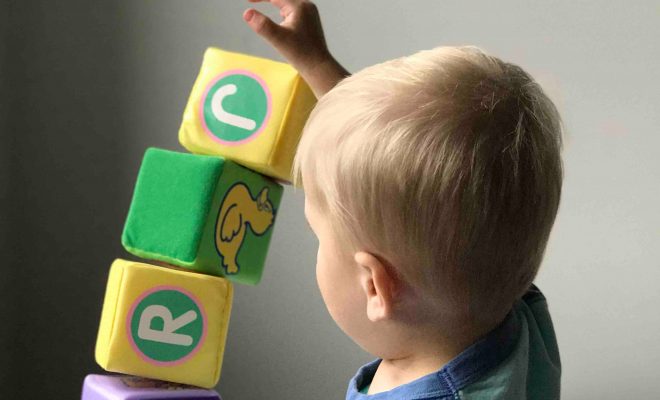Trauma Makes a Child’s Brain Remap Itself

While it is true that DNA is produced in the womb, did you know that DNA may alter after a person is born? And did you know that persistent stress and trauma, particularly in childhood, can trigger DNA changes? This article will look at the consequences of stress on the brain, particularly when it occurs in childhood.
Childhood experiences affect DNA
Although it is commonly known that humans do not remember much from their first few years of existence, our brains nonetheless retain what occurs to them when they are very young. Our first few years of life may have a significant impact on how our brains are built, and our childhood experiences can even modify our DNA.
According to this report, a 2018 study discovered that when young mice were ignored by their mothers, the genes in their brain cells were changed. Humans are expected to go through comparable processes, which might be at least partially responsible for some neurological illnesses.
The brain is altered by stress.
According to research undertaken by neuroscientists at the University of California, Berkeley, chronic stress and cortisol can change and permanently harm the brain. As a result, experts believe that when a newborn, child, or young adult is subjected to significant stress or trauma, they are more likely to developmental and emotional challenges such as depression, anxiety, mood disorders, and learning impairments later in life.
Part of the problem is that cortisol, the stress hormone, can force the brain to remain in a constant state of “fight or flight.” Think about the adrenaline rush you had when your automobile hit anything if you’ve ever been in a small car accident. If this happens often, your brain may become caught in this high-adrenaline fight-or-flight phase.
Chronic stress can cause stem cells to mutate into a kind of cell that restricts connections to the prefrontal cortex of the brain, which is connected with memory and learning, while also promoting the development of anxiety, PTSD, and depression. According to research, the type of stress is very crucial in terms of its effects on the brain. The stress of preparing for a test or practicing for an athletic competition, for example, can help the brain develop resiliency. The type of stress that is harmful to the brain is “bad” stress, which is persistent stress or stress produced by trauma or other undesirable events.
The impact is reversible.
The good news is that while the brain can alter in a bad way, causing mental, emotional, and learning issues, it can also change for the better, even in adulthood. Although the brain is more susceptible and adaptable in childhood, adults may still retrain their brains to establish new neural pathways to combat anxiety and sadness.
Regular exercise, yoga, and meditation are all popular, easy, and free approaches to reducing cortisol levels. A balanced diet, specific vitamins, and good sleep habits can also aid in brain healing and retraining. For some, these strategies are sufficient to retrain the brain. Many others require medicine, talk therapy, or even technological advancements such as TMS (Transcranial Magnetic Stimulation) to aid in the creation of new brain connections and the reduction of stress.
The main point
Scientists believe that the brain and its DNA may change throughout life and that this is especially true in early childhood. Stress and stress may significantly affect the brain’s DNA and neurological connections, resulting in major mental and emotional issues. Although we have little control over what occurs to us as children, we may strive as adults to retrain our brains and our responses to stress.






